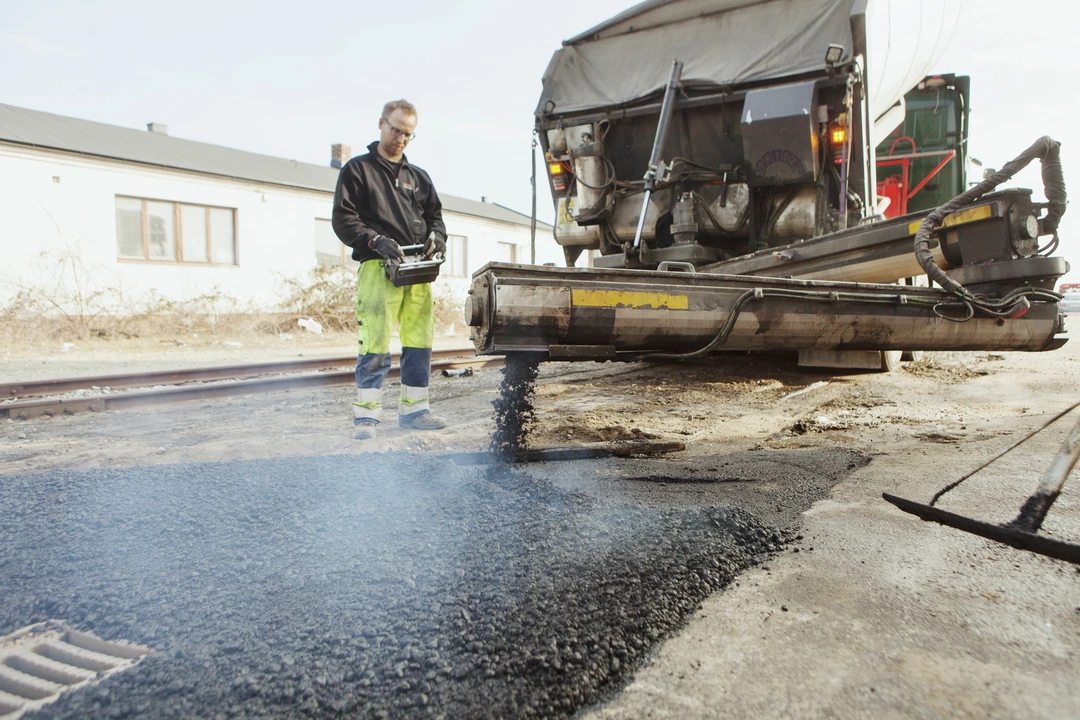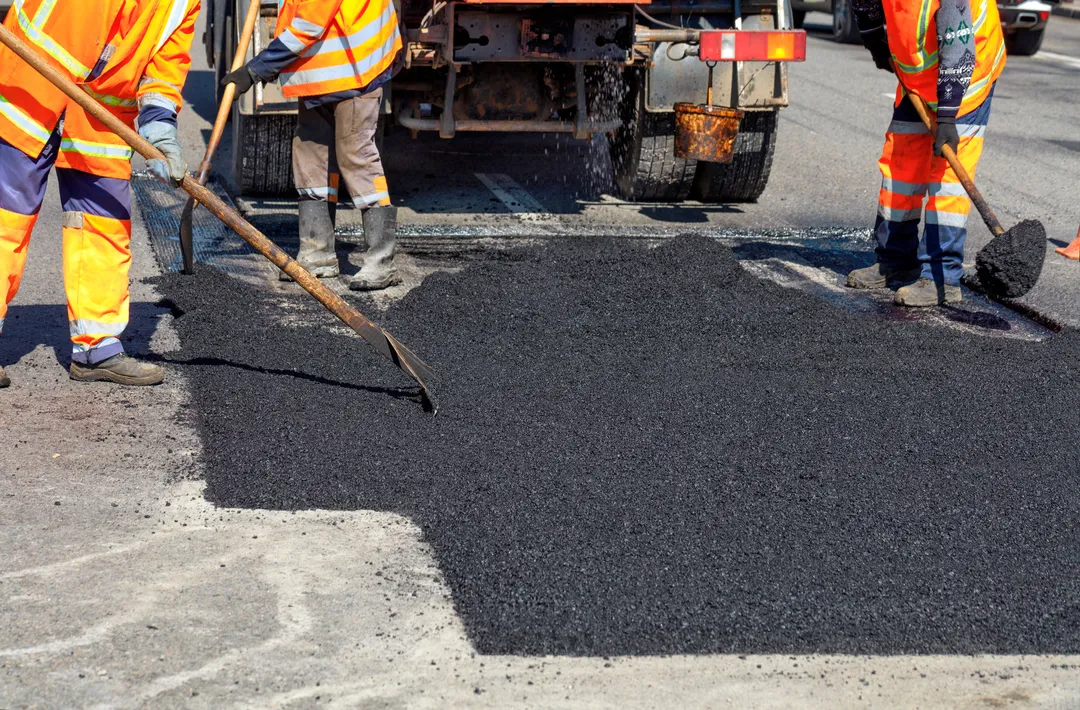
Why Does Paving Cost So Much? The Hidden Factors Behind Quality, Durability, and Long-Term Savings
When you think of paving, it might seem as simple as rolling out a giant outdoor carpet of asphalt or concrete. But beneath the surface, there’s a lot more at play. Ever wondered why paving—whether for a driveway, parking lot, or road—comes with a hefty price tag? The answer lies in the combination of materials, labor, equipment, and compliance requirements that ensure a durable and long-lasting result.
Paving isn’t just about looks—it’s about strength, resilience, and functionality. Properly executed paving projects enhance safety, improve property value, and reduce long-term maintenance costs. Without proper investment in quality paving, roads and driveways can develop cracks, potholes, and drainage issues, leading to expensive repairs.
Key Takeaways
- Paving costs depend on material quality, project complexity, and labor expenses.
- Longevity and maintenance play a big role in the overall investment.
- Environmental and safety regulations add to costs but ensure compliance and sustainability.
- Investing in high-quality paving reduces the need for frequent repairs, saving money in the long run.
Quality of Materials: You Get What You Pay For

Just like a gourmet burger starts with premium ingredients, a good paving job begins with high-quality materials. The type of material—whether asphalt, concrete, or pavers—significantly affects cost.
Asphalt vs. Concrete: A Cost Comparison
Asphalt: Typically costs $2–$5 per square foot for installation. It’s more affordable upfront but requires resealing every 3–5 years, adding $0.15–$0.25 per square foot annually in maintenance costs.
Concrete: Costs $4–$8 per square foot initially but lasts 20–40 years with minimal maintenance, making it a cost-effective option in the long run.
Source: HomeAdvisor, 2023
Sub-base Matters: The Foundation of Durability
A strong sub-base is critical for preventing cracks and sinking. Properly compacted gravel or crushed stone adds $1–$2 per square foot to the project but can extend the pavement’s lifespan by decades.
Weather Resistance: Built to Last
High-quality materials are engineered to withstand extreme weather conditions. For example, polymer-modified asphalt can resist cracking in freezing temperatures, while reinforced concrete handles heavy loads without crumbling.
Project Complexity: Not All Paving Jobs Are Equal

A basic burger is cheaper than a loaded one with premium toppings. The same logic applies to paving. A simple, flat driveway costs much less than a sloping, intricately designed one with decorative elements.
Factors That Add Complexity and Cost
- Size of the Area: Larger projects benefit from economies of scale but still require more materials and labor.
- Terrain Challenges: Sloped or uneven terrain requires additional grading and drainage work, increasing costs by 10–20%.
- Custom Designs: Decorative elements like stamped concrete or interlocking pavers can double the price.
- Climate Considerations: Regions with extreme weather may require specialized materials, adding $0.50–$1 per square foot.
- Site Preparation: Clearing land, removing old pavement, or addressing soil instability can add $1–$3 per square foot.
Source: Angi, 2023
Skilled Labor: Craftsmanship Comes at a Price
Hiring experienced workers may cost more, but it prevents costly mistakes, ensuring your pavement is built to last. Skilled laborers understand the nuances of grading, drainage, and material application, which are critical for a durable finish.
Labor costs typically account for 30–40% of the total paving budget.
Experienced contractors charge $50–$100 per hour, depending on location and project complexity.
Source: Fixr, 2023
Equipment and Operational Costs: The Tools of the Trade
High-quality paving requires specialized machinery—graders, rollers, and asphalt pavers. These machines aren’t cheap to purchase, operate, or maintain.
A single asphalt paver can cost $100,000–$300,000, while rollers and graders range from $50,000–$150,000.
Fuel, maintenance, and transportation costs add $0.50–$1 per square foot to the project.
Source: Equipment World, 2023
Longevity and Maintenance: An Investment in the Future

Cutting corners on paving is like opting for a cheap burger—it might satisfy you temporarily, but you’ll regret it later. Proper maintenance ensures your pavement stays in good condition for years.
Maintenance Tips for Longevity
- Sealcoating: Protects the surface from water and UV damage. Costs $0.15–$0.25 per square foot and should be done every 3–5 years.
- Crack Filling: Prevents small cracks from becoming major issues. Costs $0.50–$2 per linear foot.
- Proper Drainage: Reduces water pooling and erosion. Installing drainage systems can cost $1,000–$5,000 depending on the project size.
- Scheduled Inspections: Catch problems early to avoid costly repairs. Annual inspections cost $100–$300.
Source: HomeGuide, 2023
Environmental and Safety Regulations: Ensuring Compliance
Just as restaurants must follow food safety rules, paving companies must comply with environmental and safety regulations. These requirements ensure sustainability and worker safety but can add to project costs.
Key Compliance Factors
- Eco-Friendly Materials: Using recycled asphalt or permeable pavers can increase costs by 5–10% but reduces environmental impact.
- Proper Waste Disposal: Disposing of old pavement materials costs $50–$100 per ton.
- Worker Safety: Compliance with OSHA standards may require additional training and equipment, adding $1,000–$5,000 to the project.
- Permitting and Zoning Laws: Permit fees range from $100–$1,000, depending on the project scope and location.
Source: OSHA and EPA Guidelines, 2023
Final Thoughts
Understanding paving costs helps you appreciate the value behind the investment. Like choosing a gourmet burger over a cheap one, paying for quality ensures better results, long-term savings, and a smoother, more durable surface. Investing wisely in paving today means fewer headaches and a better experience down the road.
By prioritizing quality materials, skilled labor, and proper maintenance, you’re not just paying for a surface—you’re investing in safety, durability, and peace of mind.


